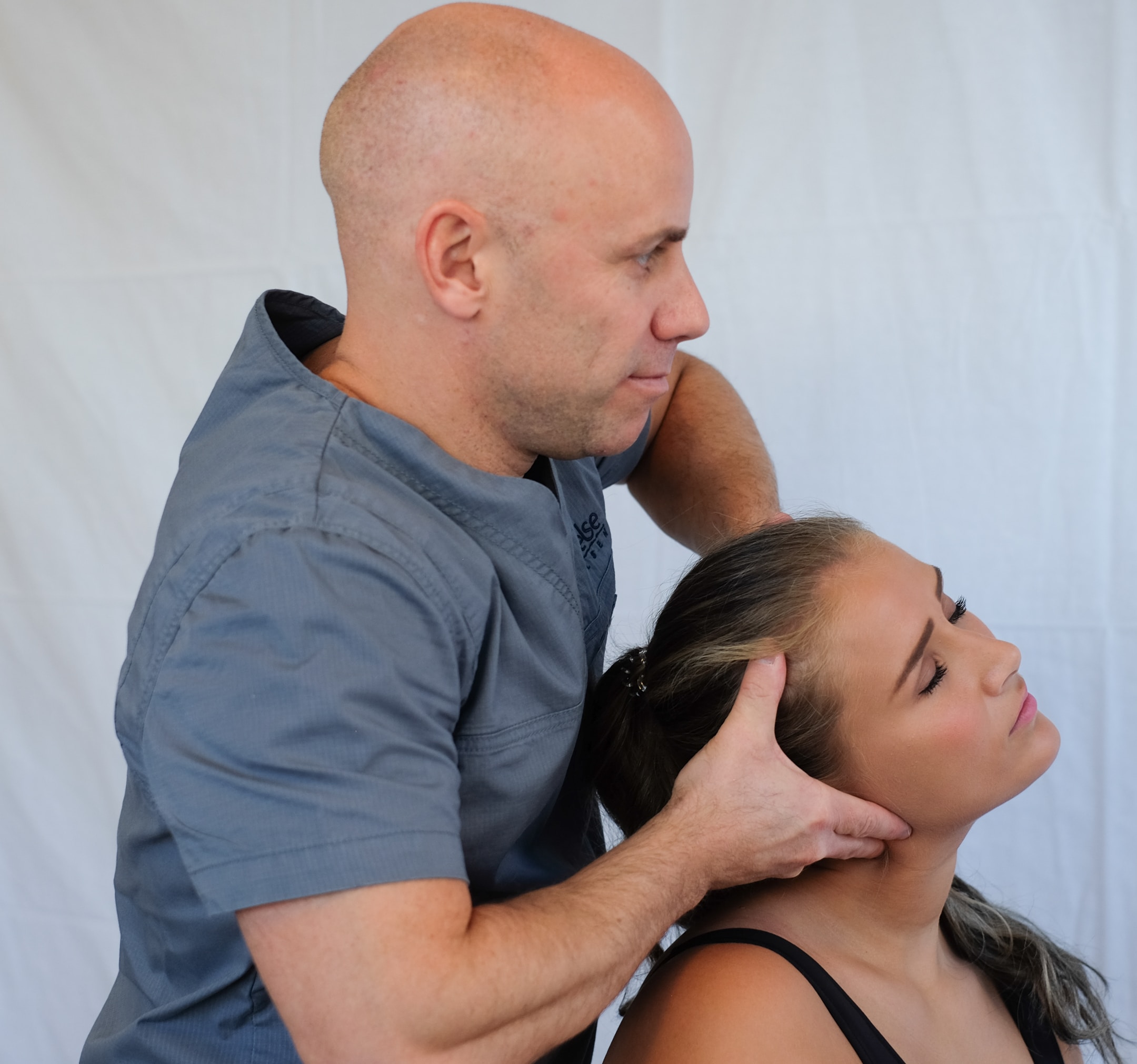
After weeks of procrastinating, you’re finally going out for that long-overdue treatment to melt your stresses and aches away. You excitedly dress up to head out when you suddenly stop and ask yourself what type of therapy you like.
While trawling the web, you are presented with a list of spa options, including massage. And then something else also caught your eye – reflexology. You heard a friend mentioning the term before. Stumped? Would you go for a massage therapy or avail of reflexology services near you?
Although reflexology involves massage, it is not a type of massage. And while massage therapy and reflexology are popular and offered in spas and clinics, the two are separate practices. Therefore, understanding their major differences is the key to getting the best treatment for you.
Massage therapy, which comes in various forms, is the most preferred option among those seeking whole body relaxation. It is used to address simple concerns such as muscle tightness in the neck, shoulders and the lower back caused by common activities such as hunching over the computer for too long, or to provide pain relief from injuries like cervical herniated discs.
Generally lasting 30 minutes to over an hour, the massage therapist usually employs a mix of strokes that includes but is not limited to kneading, circular rubbing movements, vibration and tapping, passive joint movement techniques, and long, gliding strokes towards the heart. The pressure can range from light to medium and firm, with some stretching incorporated in between.
The goal of massage therapy is to relax the muscles and boost blood circulation and oxygen while reducing stress and removing toxins, resulting in overall health and well-being.
Reflexology involves applying pressure to specific points in the feet, hands, and even outer ears based on the ancient belief that these body parts are connected to specific body organs and systems. Putting pressure on “reflex points” is believed to promote healing to the corresponding area of the body.
While some practitioners deal with both the feet and hands, some focus on the feet alone. A reflexology session, which is 30 minutes to an hour long, typically starts with the reflexologist asking about your health history and lifestyle to give specific focus on problem areas, then proceeds with giving you a foot bath.
The reflexologist uses different motions such as kneading the ball of each foot, tracing around the heel, pushing deep into the arch and pulling the toes to identify points of tension and tenderness, and may spend more time on a specific area to alleviate ailments. The practice is sometimes used to complement the treatment of cancer, diabetes, anxiety, cardiovascular problems, and other health-related concerns.
Reflexology promises several benefits – from reducing stress and anxiety, relieving headaches and ridding the body of toxins to increasing blood circulation, speeding up healing after surgery and boosting the immune system, among others.
Both have their own advantages. Please bear in mind, though, that a massage therapist may only have basic knowledge of reflex points, but a reflexologist specializes in the practice of reflexology and may also be a massage therapist.
Couldn’t decide on which treatment to get? Your final decision should mainly depend on what you want out of your massage session. After all, you can always find a massage therapy or reflexology center near you.